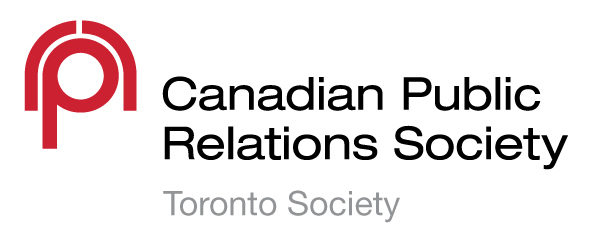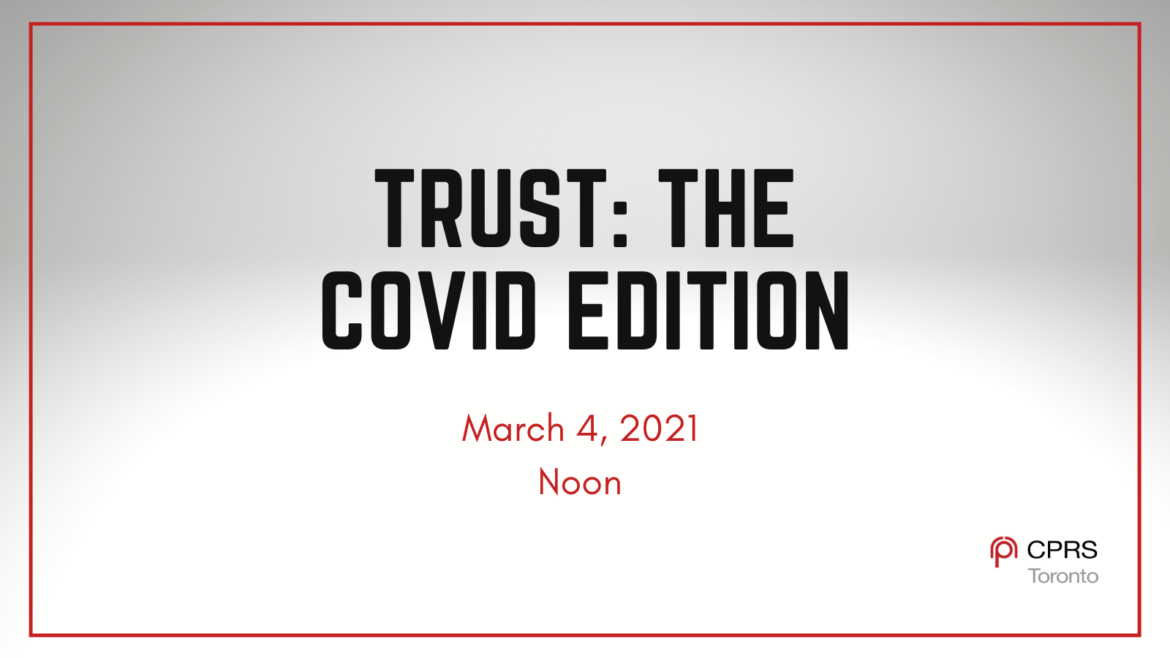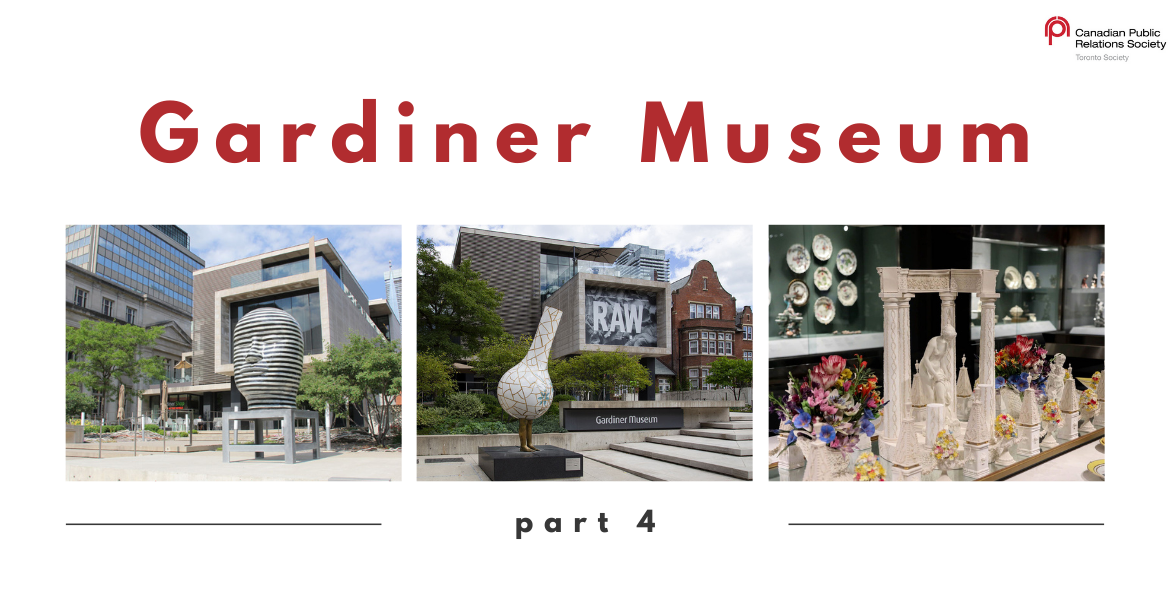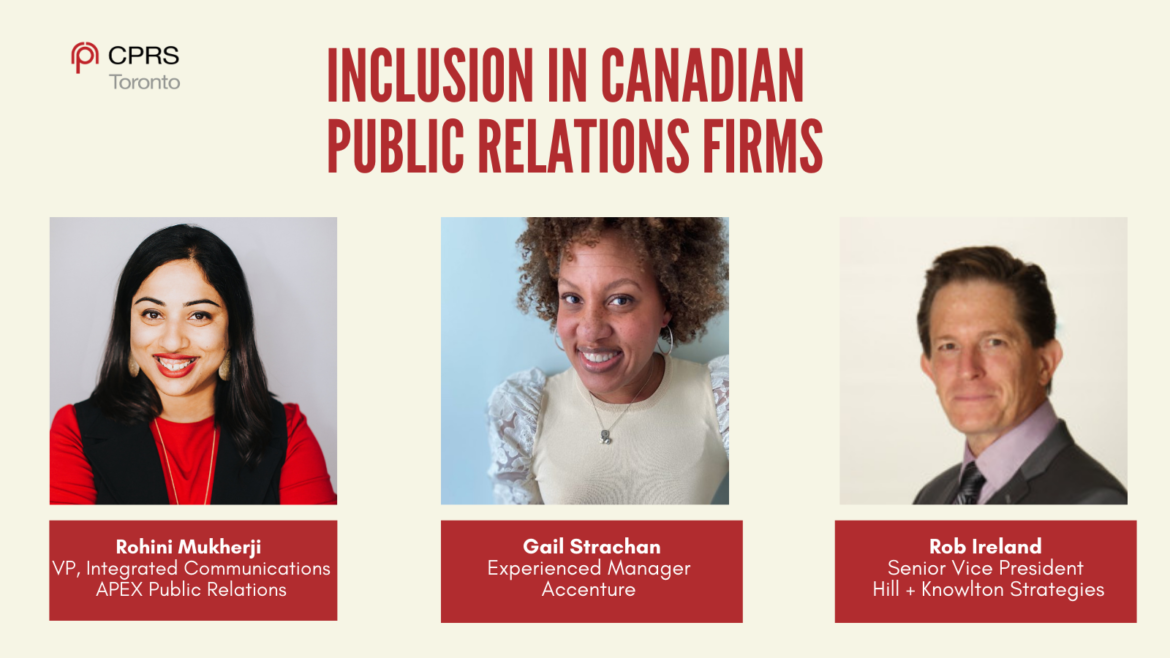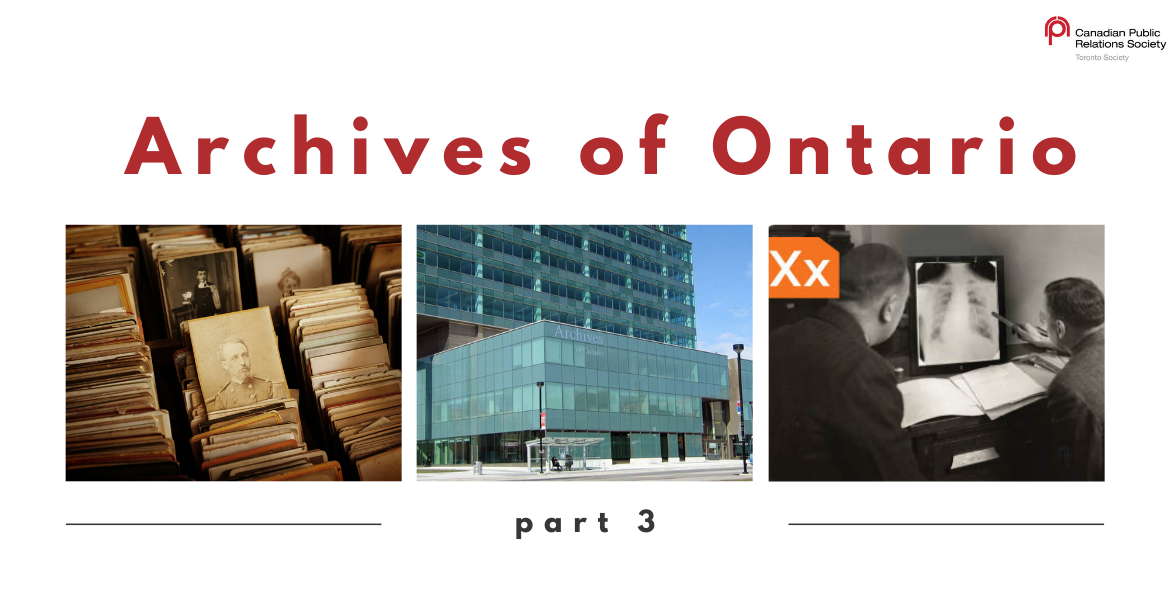Written by: Madelynn Vahrmeyer, SSC Assistant VP External and Humber College Post-Graduate Public Relations Student
Up until this past year, I found every excuse in the book to avoid the task of networking. It felt like every time I had tried, my efforts brought me nowhere, and connections remained surface level.
Maybe it was hearing the phrase “It’s not what you know, it’s who you know” one too many times, or reading about the “hidden job market” – but eventually, I realized my excuses were mainly rooted in fear and decided it was time to adopt a new mindset towards networking.
Not surprisingly, the more I started reaching out to people for coffee chats and attending networking events, the less scary it became. Not to mention the current virtual environment making it easier than ever to hop on a Zoom call for a virtual chat.
Throughout the process, I gained confidence in my networking abilities and discovered there is no single right way to network. There are, however, certain practices that will help you get the most out of your networking efforts. Here are six tips to help you make meaningful connections and build a strong network.
Get clear about your networking goals
Before you start sending out the same generic message to everyone on your LinkedIn profile, think hard about your end goal. Are you simply trying to expand your network and meet new people? Are you looking for a new opportunity? Is there a person with a career you admire that you want advice from?
Having a clear goal in mind will allow you to be strategic with your networking efforts and target the right people with intention and purpose.
Refrain from making it about you
If you’re a student and you’ve scored the opportunity to speak with a professional or someone whose career you admire, the last thing you want to do is focus the conversation on yourself. Remember, networking is not the same as interviewing.
In fact, you shouldn’t be networking if the only thing on your mind is your personal agenda. Enter conversations with the goal of being open, friendly, and curious. Your most genuine connections will be made with this approach.
Always come prepared
It’s not enough to have a pen and paper in hand. If you want to get the most out of your networking, you have to do your research. A quick scan of someone’s LinkedIn profile or a company website will give you enough information to form questions that demonstrate a genuine interest in the person you’re talking to. It’s also a great way to show that you are proactive and take your career growth seriously.
Become a LinkedIn pro
With over 722 million users, LinkedIn is a professional networking goldmine. Being familiar with the platform is good, but using it beyond the basic functions will be extremely beneficial for your networking. To start, follow the professionals and companies you’d like to work for and engage with their content. Actively post your accomplishments, and always keep your profile up to date. After all, if you didn’t post it on LinkedIn, did you even do it?
Pro Tip: Use LinkedIn’s tailored search tool to find alumni from your college or university. If you find someone at a company you want to work for or in a role you admire, use the shared interest to spark up a conversation with them.
Join professional organizations and attend their events
Nearly every professional networking event I’ve attended has led to a new connection. Events are a great way to meet other people with similar goals and interests and learn from those hosting the event.
To stay in the loop about industry events that are relevant to you, join the professional organizations within your industry that are frequently hosting webinars, panels, and Q&As. Becoming a member of these organizations will also introduce you to a like-minded network of industry professionals.
Always say thank you
It may seem like a no-brainer, but it is imperative to express your gratitude for every networking opportunity. If you had a one-on-one chat, follow up a few days after with a thank you note. If an organization threw a great event, shout them out on your LinkedIn with a thank you.
This effort will not go unnoticed and may even open another networking opportunity in the process!
Use these tips to help you take your networking to the next level. Remember, the best results will come from truly believing in the power of networking as a tool to advance your career. A robust and reliable network could be the ticket to your next big opportunity.
